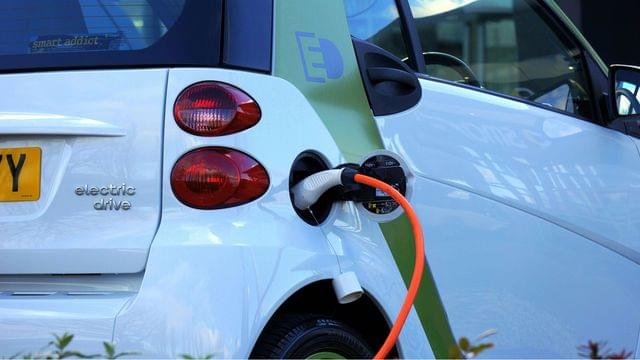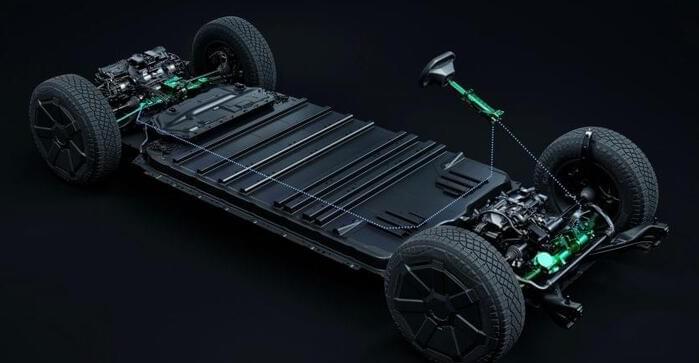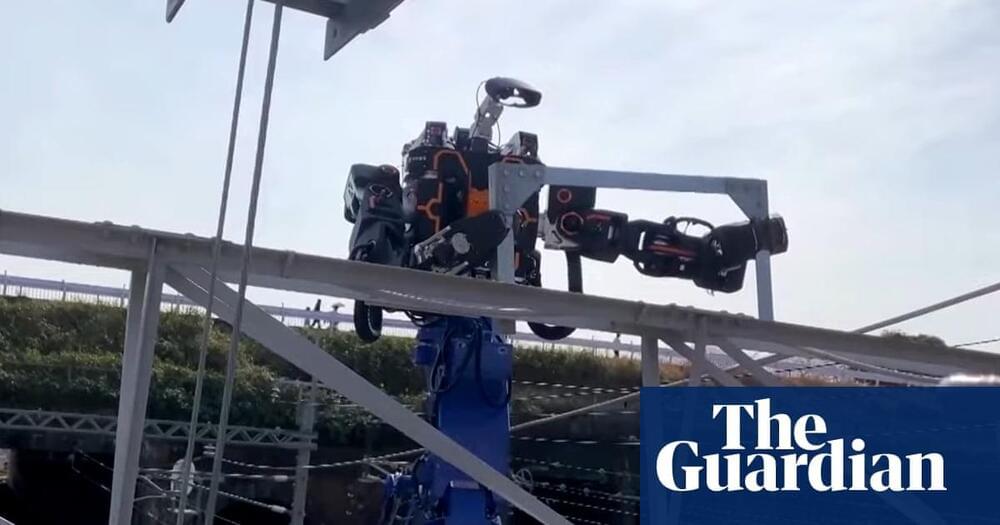Kuaishou introduces a web version of its impressive AI video generator, Kling AI, based on an “improved model” with new features.
Chinese tech company Kuaishou has unveiled KLING, a new video generation model. Based on the demos, it could rival OpenAI’s Sora.
Kuaishou says KLING can make videos up to two minutes long at 1080p resolution and 30 frames per second. It can also model complex motion sequences that are physically accurate.
One video shows a two-minute train ride made with the prompt “Train ride with different landscapes seen through the window.” OpenAI announced its video model Sora in mid-February, with relatively consistent videos up to one minute long.






